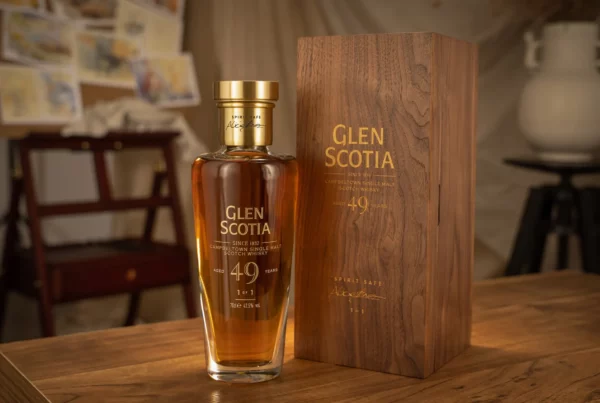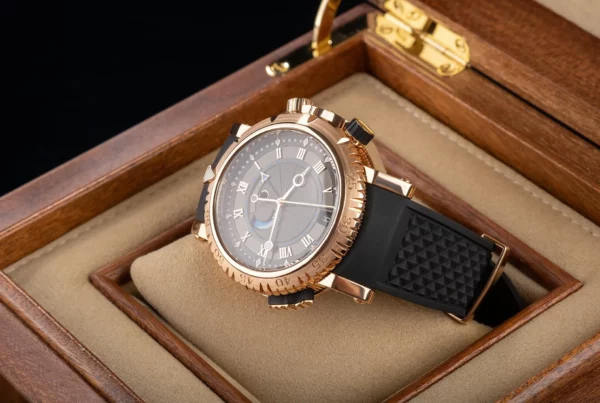First impressions start with the menu
When a guest sits down, one of the first items they interact with is the menu. It sets the tone, reflects your brand values, and subtly communicates the level of quality they can expect. While the menu content is critical, the physical cover it’s presented in carries just as much weight.
For hospitality venues that pride themselves on offering a distinctive experience, the menu cover is an extension of their overall brand identity. A well-designed, high-quality menu cover signals professionalism, attention to detail, and care — before a single dish is even ordered.
Materials: Functionality meets aesthetic
Choosing the right material is a balancing act between practicality and visual appeal. Your material choice affects not only how the menu feels in hand but also how it holds up under daily use.
Leather and faux leather
Often chosen for their classic, premium feel, leather menu covers are ideal for high-end restaurants and cocktail bars. Faux leather offers a cruelty-free, cost-effective alternative with similar aesthetics.
Pros:
- Durable and easy to wipe clean
- Looks refined and timeless
- Available in many colours and textures
Cons:
- Can feel too formal for more relaxed venues
- Real leather requires upkeep to maintain its appearance
Wood
Wooden menu holders or covers make a strong impression in rustic, artisanal, or luxury dining spaces. They bring a natural warmth and tactile quality that enhances the guest experience.
Pros:
- Visually unique
- Durable and long-lasting
- Complements wooden furnishings or branding elements
Cons:
- Heavier than other materials
- Limited flexibility in format
Fabric or canvas
Fabric covers offer a softer look and can be a good fit for relaxed, coastal, or garden venues.
Pros:
- Lighter and often more affordable
- Available in a wide range of colours and patterns
- Can reinforce a casual, approachable vibe
Cons:
- Can stain easily
- Not as durable as leather or wood in high-traffic settings
Style matters: Format and function
Once you’ve chosen your material, the next step is deciding on style and format. The structure of your menu cover should be guided by how your menu is used in practice.
Booklet vs board
-
Booklet-style covers are ideal for extensive menus or venues that offer different sections (e.g., wine list, specials, à la carte).
-
Menu boards are better suited to minimal offerings or cafés where quick, casual service is the norm.
Binding and inserts
From screw-post binding to elastic cords and magnetic closures, your choice of insert mechanism should align with how often your menu changes. For example:
-
Daily specials or seasonal updates? Go for an insert-friendly format.
-
Fixed menu or tasting experience? Consider something more permanent and high-end.
Branding that tells your story
Custom menu covers are a subtle but powerful way to reinforce your brand. Rather than overwhelming the design, branding elements should enhance the overall aesthetic.
Engraving or embossing
Logo embossing on leather or wood gives a tactile depth to your branding. It feels deliberate and crafted, aligning with a premium positioning.
Foil stamping
Gold, silver or coloured foil can add a sense of luxury and catch the eye — especially in dimly lit venues like cocktail lounges.
Colour and texture coordination
Your menu cover should work in harmony with the surrounding environment. Think about the textures of your tables, wall décor, uniforms, or even plating. When branding is consistent across touch points, guests notice.
Practical considerations that shouldn’t be overlooked
Beyond design, your menu covers must be built to handle the realities of hospitality service.
- Spill resistance – materials that are easy to wipe clean will save time and hassle
- Weight – too heavy, and they become awkward for guests or staff
- Stackability – covers that store neatly are essential for fast-paced venues
- Replaceable inserts – venues that rotate menus seasonally or daily will benefit from quick-swap designs
How custom covers enhance the guest experience
Imagine presenting a bespoke cocktail list in a black suede-bound cover with embossed silver lettering, or serving a set tasting menu in a solid walnut folder engraved with your restaurant’s name. These moments create a tactile and emotional response — a sense that the meal to come is crafted with care.
Guests may not consciously analyse the menu cover, but they will feel the difference. Premium covers invite curiosity and attention. They make your restaurant feel thoughtful and distinct.
Work with a manufacturer who understands hospitality
At Moran’s Wood Components, we produce custom menu holders and covers that are designed to last. Whether you’re looking for handcrafted wood, subtle engravings, or premium inserts, we bring your brand vision to life with material and finish choices tailored to your venue.
Our team understands the unique needs of hospitality businesses and works closely with you from design to delivery.
Let your menu speak before the food arrives
Your food may be unforgettable – but first impressions are built on design, materials, and the details guests touch before they taste.
Let Moran’s Wood Components help you elevate that experience with custom menu covers that communicate quality from the first glance.






